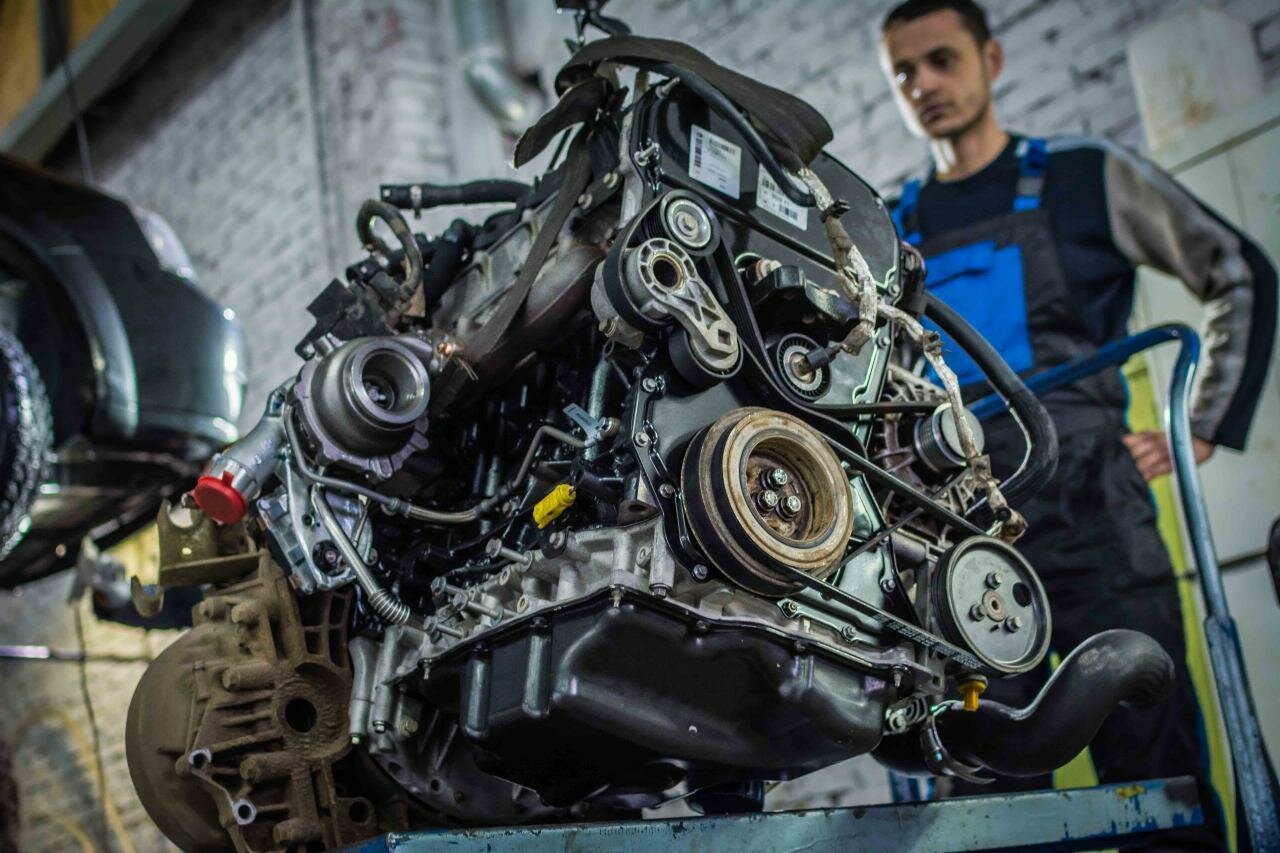Overview of the 2014 Ford F-250 6.2L V8
The Ford F-250 has long been a staple in the heavy-duty truck segment, known for its robust performance and capability. The 2014 model year marked a continuation of Ford’s commitment to producing powerful trucks that can handle demanding tasks, whether for work or recreation. The 6.2L V8 engine was introduced as a standard option for the F-250, providing a balance of power and efficiency that appealed to a wide range of consumers.
Engine Specifications and Performance
The 6.2L V8 engine in the 2014 Ford F-250 is designed to deliver impressive horsepower and torque, making it suitable for towing and hauling heavy loads. With a power output of approximately 385 horsepower and 405 lb-ft of torque, this engine was engineered to meet the needs of those who require a reliable workhorse. However, despite its strong performance credentials, the 6.2L V8 has not been without its share of issues. As with any vehicle, understanding the potential problems associated with this engine is crucial for current and prospective owners.
In the following sections, we will delve into the specific problems that have been reported with the 2014 Ford F-250’s 6.2L V8 engine, providing a clear picture of what owners may face. This analysis aims to equip truck enthusiasts and potential buyers with the knowledge necessary to make informed decisions regarding this heavy-duty vehicle.
Common Issues with the 2014 Ford F-250 6.2L V8 Engine
The 2014 Ford F-250 equipped with the 6.2L V8 engine has garnered attention for its performance capabilities, but it also has a range of problems that owners should be aware of. Understanding these issues can help in maintaining the vehicle and preventing costly repairs down the line.
Engine Misfires
One of the most frequently reported problems with the 6.2L V8 engine is engine misfires. This issue can manifest as a rough idle, decreased power, or a noticeable hesitation during acceleration. Misfires can be caused by several factors, including:
- Faulty spark plugs
- Defective ignition coils
- Fuel delivery issues
Addressing these components promptly can help restore engine performance and prevent further damage.
Oil Consumption Issues
Another significant concern among 2014 F-250 owners is excessive oil consumption. Many drivers have reported needing to add oil between regular oil changes, which can indicate underlying problems such as:
- Worn piston rings
- Leaking valve seals
- Oil leaks from gaskets
Excessive oil consumption can lead to engine wear and potential failure if not addressed.
Transmission Problems
While not directly related to the engine, transmission issues can significantly impact the overall performance of the F-250. Some owners have experienced rough shifting or slipping gears, which can be attributed to:
- Low transmission fluid levels
- Worn transmission components
- Faulty transmission control module
Regular maintenance and fluid checks are essential to avoid these complications.
Fuel System Concerns
The fuel system in the 6.2L V8 engine can also present challenges. Problems such as clogged fuel injectors or a failing fuel pump can lead to poor engine performance and decreased fuel efficiency. Symptoms to watch for include:
- Difficulty starting the engine
- Stalling during operation
- Decreased acceleration
Table of Symptoms and Consequences
| Symptom | Possible Cause | Potential Consequence |
|---|---|---|
| Engine misfires | Faulty spark plugs, ignition coils | Decreased power, rough idle |
| Excessive oil consumption | Worn piston rings, leaking seals | Increased engine wear, potential failure |
| Rough shifting | Low fluid levels, worn components | Transmission damage, costly repairs |
| Difficulty starting | Clogged injectors, failing pump | Increased risk of stalling |
Top views |
|
|---|---|
 |
Oil, Timing Chains, Pistons: What Really Kills an Engine Prematurely? |
 |
How to Choose a Car with a Reliable Engine: Used Car Market Hacks That Actually Work |
Conclusion
The 2014 Ford F-250 with the 6.2L V8 engine is a powerful truck, but it is not without its flaws. Being aware of these common problems can help owners take proactive measures to maintain their vehicles and avoid significant issues in the future. Regular maintenance and timely repairs are crucial to ensuring the longevity and reliability of this heavy-duty truck.




0 Comments